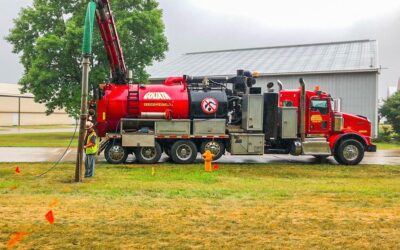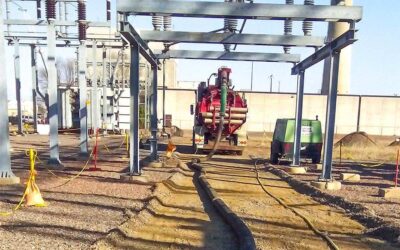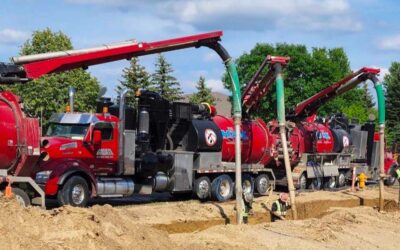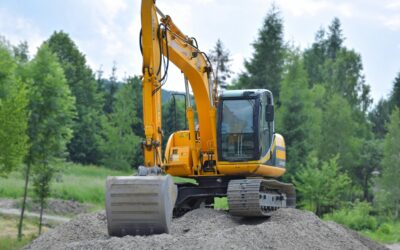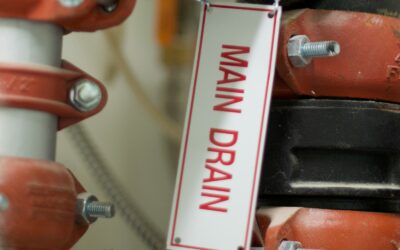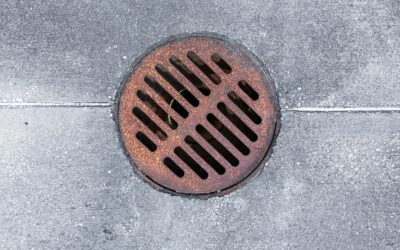Types of Trench Excavation
Types of Trench Excavation
Trenches are an essential aspect of excavation and construction projects, serving as both a strategic defense and a practical solution for various engineering challenges. But what exactly is trenching?
In its simplest form, trenching refers to the process of digging a long, narrow excavation in the ground. These trenches are typically deeper than they are wide and are an indispensable part of modern infrastructure development.
In this article, we will explore the various types of trenches used in the construction and excavation industry.
Most Common Types of Trenches
The shape of trenches varies based on their intended purpose, determining different types. Various factors influence the selection of a specific trench type for a project, including soil type, the size of the pipe or conduit to be installed, proximity to nearby buildings, and the precise location of the trench.
These elements collectively contribute to defining the precise shape of the trench.
Benched Trenches: A trench with sides that have been cut away to form steps.
Sloped Trenches: A trench with angled sides to prevent cave-ins, commonly used on new construction sites or for installing large pipes or culverts.
Bell-Bottom Pier Hole: A trench with a top that’s narrower than its bottom, creating a bell shape, often used for footing installations that support a structure’s foundation.
Straight Trenches: A trench with sides that are parallel and at right angles to the base.
Utility Trenches
Utility trenches might be out of sight, but they play a crucial role in everyday life. They ensure that our cities and communities remain well-connected and functional. Here are the most common types of utility trenches:
Water and Sewage Trenches: These trenches are essential for the distribution of clean water and the management of wastewater. Positioned deeper underground, they help prevent contamination and ensure that water pipes are below the frost line in colder climates.
Gas Line Trenches: Responsible for transporting natural gas, these trenches are designed with utmost safety in mind, adhering to stringent regulations to prevent hazardous leaks.
Electrical and Telecommunication Trenches: These trenches house the cables and fibers that power our electrical grid and enable communication networks. Their construction varies to suit urban and rural needs and the specific demands of the networks they support.
Structural Trenches
Structural trenches are integral to the stability and load-bearing capacity of construction. They are typically deeper and more robust, tailored to support significant weight and withstand environmental stresses. Here are the most common types of structural trenches:
Foundation Trenches: These are excavated for the foundations of buildings and other structures. The dimensions and depth are determined based on the load they will bear and the soil characteristics. Foundation trenches are often filled with reinforced concrete to provide a stable base.
Retaining Wall Trenches: Used in the construction of retaining walls, these trenches help in managing soil erosion and supporting slopes. They are key in areas where land elevation varies significantly or where additional support is required to prevent soil movement.
Anchor Trenches: These trenches are used for anchoring structures against lateral forces. They are common in areas prone to high winds or seismic activity, providing extra stability to structures.
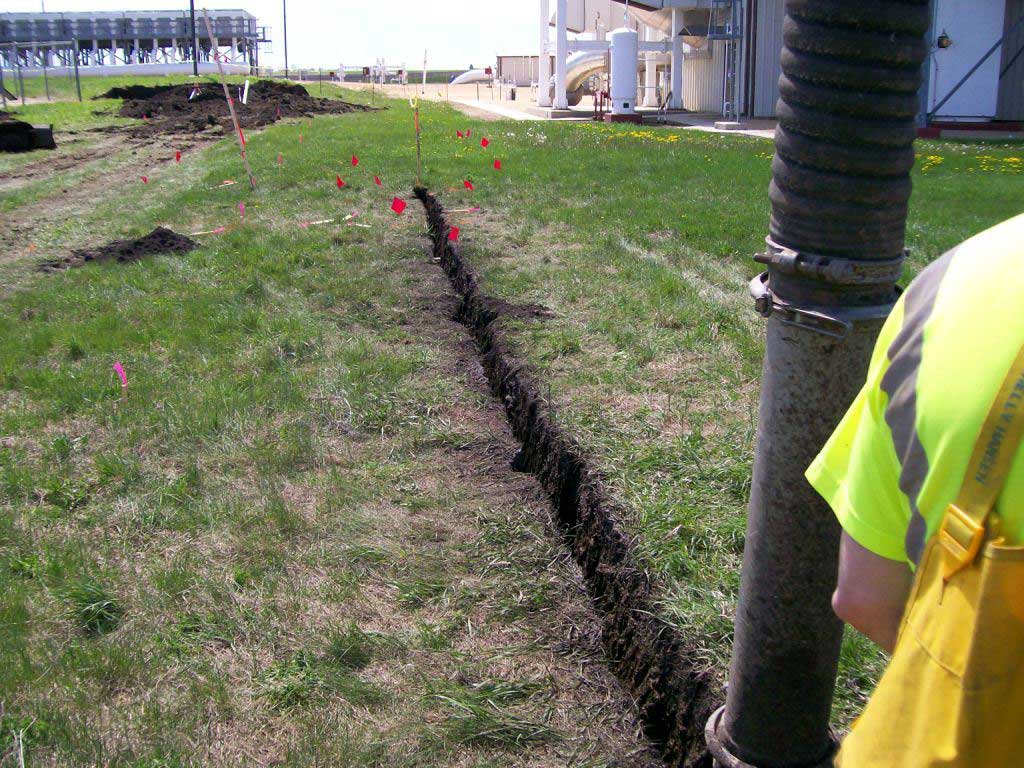
Drainage Trenches
Drainage trenches play a vital role in managing water flow in both urban and rural environments, which is crucial for maintaining the integrity of roads, buildings, and agricultural areas. Here are the most common types of drainage trenches:
Surface Drainage Trenches: These are shallow trenches used primarily for agricultural and roadside water management. They help in quickly diverting surface water away from fields and roads, reducing the risk of flooding and soil erosion.
Subsurface Drainage Trenches: Also known as French drains, these are deeper trenches filled with gravel or rock with a perforated pipe at the bottom. They are used to remove excess water from the soil sublayer, crucial in areas with high water tables or in construction sites.
Stormwater Trenches: Specifically designed for urban areas, stormwater trenches collect and redirect rainwater from streets, parking lots, and buildings. They are often connected to municipal storm drains, playing a key role in urban flood prevention.
Environmental Trenches
Environmental trenches play a unique and increasingly important role in modern construction and land management. These specialized trenches are designed with the primary goal of protecting and preserving the natural environment. Here are the most common types of environmental trenches:
Wildlife Habitat Trenches: Used in ecological restoration projects, these trenches create or enhance habitats for wildlife. They can be used for water conservation in arid areas or as refuge areas for small animals and insects.
Erosion Control Trenches: Designed to combat soil erosion, these trenches help to stabilize soil in areas prone to erosion due to wind or water. They are strategically placed to interrupt water flow, reduce velocity, and facilitate the deposition of eroded material.
Rain Garden Trenches: Part of sustainable urban drainage systems, rain garden trenches are shallow depressions that collect rainwater runoff from impervious surfaces. They are filled with vegetation and soil that absorb and filter the water, reducing runoff and improving water quality.
Conclusion – Types of Trench Excavation
From utility and structural trenches to drainage and environmental trenches, each type plays a crucial role in maintaining the infrastructure and environmental integrity of our communities. Understanding these various types of trenches helps us appreciate the complexity and importance of this aspect of construction.
Goliath Hydrovac Inc. has been in the excavation industry for over 20 years. We are a trusted provider of hydro jetting services throughout the midwest. Goliath Hydrovac Inc. is committed to providing exceptional excavation services tailored to your specific needs.
Contact us at 612-727-3444 today to learn more about how Goliath’s hydrovac jetting services can benefit your operation.
RELATED POSTS
Hydrovac Excavation In The Winter: Cold Weather Digging
Do you believe that excavating in winter is more difficult, more expensive, and more time consuming? Is it...
What is Utility Potholing and Which Method is Best?
Utilities. They’re everywhere, enabling and protecting our comfortable, modern lives. Unfortunately,...
How Deep Can You Hydrovac Excavate?
Hydrovac excavators come in many forms and are often custom-built for the companies ordering them. This means...
Hydro Vacuum vs Air Vacuum Excavation: Pros & Cons
At first glance, hydro vacuum excavation and air vacuum excavation are confusingly similar. After all, their...
Hydrovac Excavation 101: Everything You Need to Know
Hydrovac excavation has been around, in one form or another, for decades now. However, a lot of professionals...
Hydrovac Excavation vs. Traditional Excavator: Which Method Is Better?
On the surface, excavation couldn’t be simpler. Just…remove the dirt. However, the choice of excavation method...
Choosing the Right Industrial Sewer Maintenance Services
The maintenance of industrial sewer systems is a critical aspect of ensuring the smooth operation of any...
How to Prevent Industrial Sewer Blockages
Industrial sewer blockages are not just a minor inconvenience; they can be a major hazard with significant...
Importance of Regular Sewer Inspections
Industrial sewer inspections are a critical component of maintaining a facility's infrastructure. These...
Essential Industrial Sewer Maintenance Tips
Industrial sewer maintenance is a critical aspect of maintaining the efficiency and safety of any facility....


